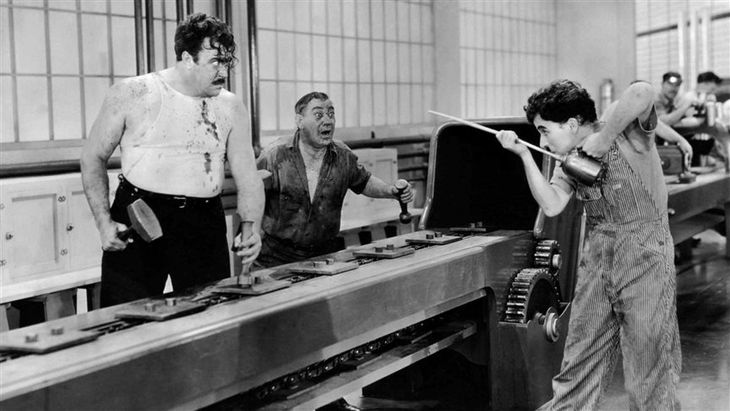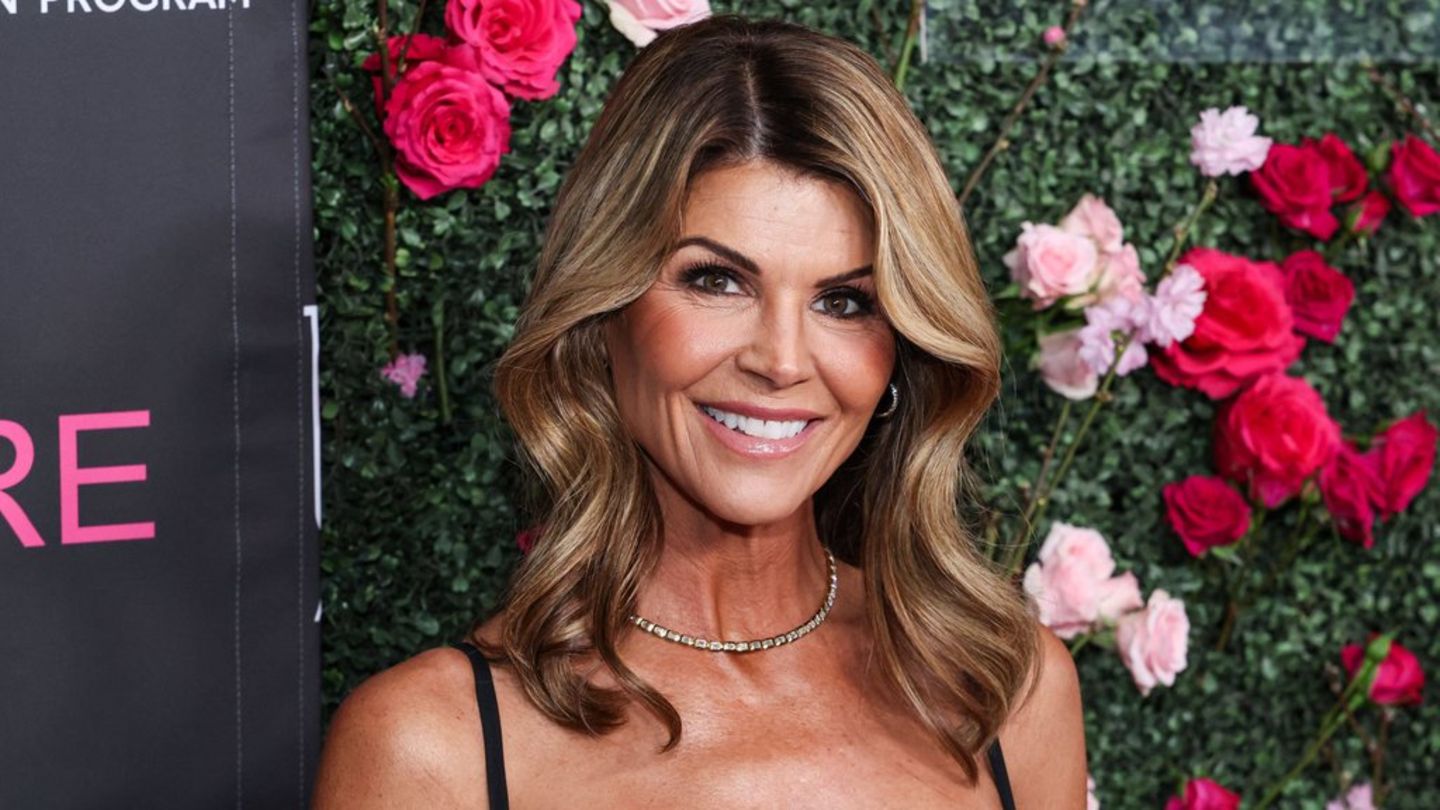The decade known as the “Crazy years twenty“It was a period of deep economic and social growth in USA. But this era reached a dramatic and abrupt end 1929when the most catastrophic fall of the stock market in the history of the stock market occurred Wall Street. Its impact, in addition to a global scope of its consequences, caused the call “Great Depression”.
On October 24, 1929, but after days in trouble, the market fell and began the panic that led to the massive sale of shares, causing many US banks to break and customers They lost their savings. In addition, the unemployment rate reached more than 25% of the population.
Its fall was due to many causes, among them, the enforcement of the shares, the increase in bank loans, panic sales, purchases of shares at the price of balance, the highest interest rates and, being considered the main Reason for experts, the Overproduction in key industries But the lack of global buyers due to World War I.
It is so, that Charles Chaplinone of the great directors and pioneer actors of the cinema, manages to represent in a film the Desperate conditions of which the employees of the working class were victims during this period. “Modern times“It is already a classic of the seventh art and constitutes a Social criticism to labor exploitation, poverty, individualization and lack of humanization and empathy, within the framework of an economic model highlighted by industrialization and chain production.
Modern times.jpg
The plot of “modern times”
A day like today, but in 1936, the film written, directed and starring the actor and filmmaker Charles Chaplin, considered one of the cinema classics, was released in New York. Production constitutes a criticism of the exploitation of workers in “great depression” and is a satire of industrial society.
This work mixes fiction with reality, to be taken with a little humor. He tells the story of a metallurgical worker who works by pressing nuts in a frantic assembly chain rhythm. So, it ends up losing reason, and after being wrapped again and again in trouble, it ends in jail. When leaving, he meets an orphan girl who lives in the streets and both, in her condition as marginals misfit and mired in poverty, will fight together the battle of everyday life.
Modern_times_poster.jpg
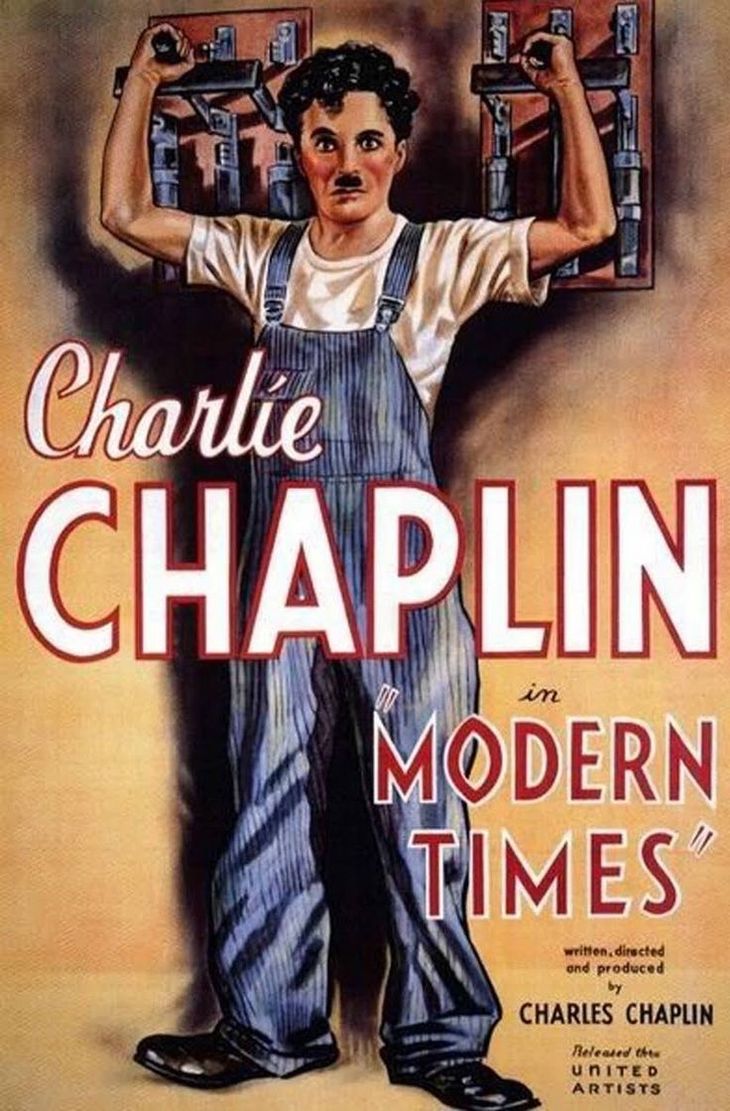
With an indestructible mood and optimism, Charlot, our protagonist, wakes up every day with new illusions, knowing, better than anyone, that happiness does not depend exclusively on material and superficial goods, but is in yourself and on whom you They accompany.
Instead of just being a comic movie, he focuses on showing the social aspect of that time. And despite being mute black and white cinema clearly transmits your message: a Criticism of the capitalist system of those days.
Charles Chaplin It was a teacher in know how to speak speechlesshis body and facial expression said everything. And this is the first film in which your voice can be heard While sings at the bar. The actor sings a Léo Daniderff’s song version “Je Cherche Après Titine”but with a non -existent language, which tries to resemble a mixture of French and Italian, with some recognizable word in English.
“Modern times” is considered the last silent film in history, although it mixes this quality with sound cinema, since some auditory effects are used, such as music, singers and voices from radios and speakers as well as the sound of the activity of machines.
Chaplin’s reading is much deeper than just a kind and innocent clown. Behind this, there is a social criticism of individualization, lack of humanity and empathy, such as a song to freedom, humanity, care of the other and attention to poverty. The film constitutes a portrait of the employment conditions that the working class had to endure: monotonous and stressful works in factories, and mechanical and repetitive movements.
Modern times-chales-chaplin-portatil.jpg

Criticism of “modern times” to labor exploitation and its subsequent censorship
The film starring Charles Chaplin, which also has the performances of Paulette GoddardHenry Bergman, Tiny Sandford and Chester Conklin, transmits a powerful message about society and humanity. As a criticism of the capitalist system of those days, it shows mechanized work, chain production, low, stress, oppression, hunger, poverty and injustice that this society lives, mainly the lower and most vulnerable class of states Joined.
Exhibits not only the despair For getting wake, comparing the workers with a flock of sheep that follows their pastor (which could be interpreted as capitalism), but also as workers became machines when they got employment. Getting to end with Nervous attacks Because of stress, physical or psychological fatigue, as shown in the scene in which Charlot ended up deranged for so much nuts.
We can also observe the criticism of the conditions of poverty And her close relationship with the crime in the portrait of the life of a young woman who, desperate for food for her and her family, has to break the law.
modern times.webp
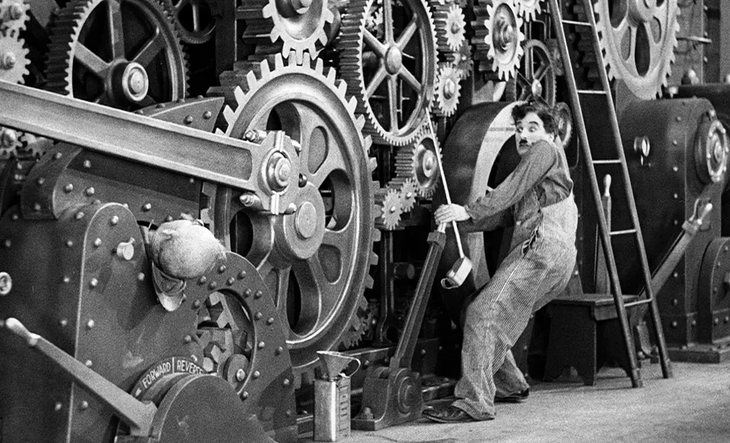
This production is considered one of the most controversial of the director, and brought several problems in Europe and the United States. The movie It was prohibited In many countries, such as Italy, Germany and Spain.
When Chaplin asked about this prohibition, he said that although the dictators believed that the film is communist, that “was absolutely false”, but that “in view of recent events (the wave of fascism in Europe with Mussolini, Hitler and Franco ) “, Censorship was not surprised.
“But our only purpose was to have fun. It is just my old character, in the circumstances of 1936. As an actor I have no political objectives. The film starts from an abstract idea; of an impulse to say something about the way life It is manipulated and channeled, and in which men become machines, “concluded the filmmaker.
800px-charlie_chaplin.jpg
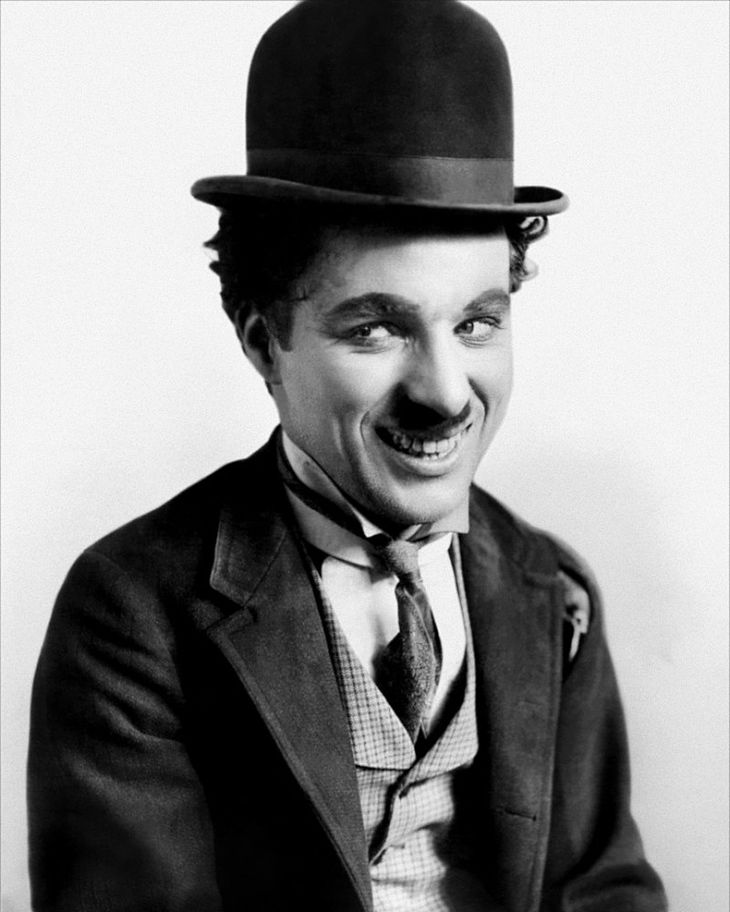
Source: Ambito
I am an author and journalist who has worked in the entertainment industry for over a decade. I currently work as a news editor at a major news website, and my focus is on covering the latest trends in entertainment. I also write occasional pieces for other outlets, and have authored two books about the entertainment industry.

